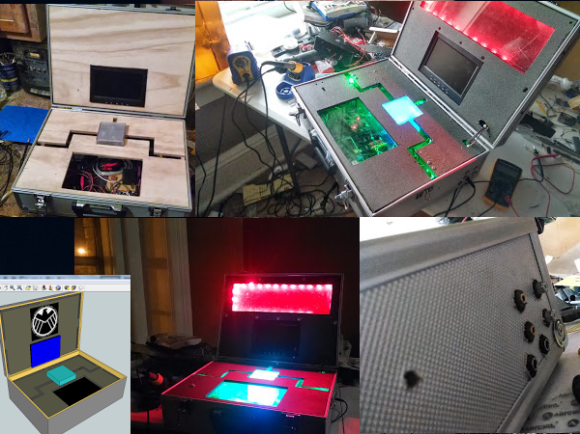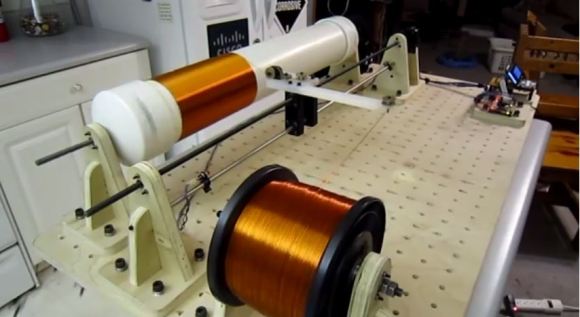
[Dustin Evans] is a big fan of the recent Avengers movies — heck, we are too! So he decided to make this awesome Tesseract Case prop replica!
Tesser-what? A tesseract, or cubic prism is a geometric shape that is technically a four-dimensional hypercube — in the Avenger’s movie, it is an incredibly powerful and unstable alien energy source.
To make the replica, [Dustin] picked up a cheap aluminum tool case from the hardware store, took some measurements and began designing the inside of it using SketchUp. He’s crammed in an Arduino with a spectrum shield, a BlueSmirf Bluetooth modem, a Raspberry Pi, a 7″ LCD, speakers and an amp, a WiFi card for the Pi, and a few strips of Neopixels. It is running Raspbian with a stand-alone version of XBMC, which means using AllCast he can wirelessly control the box from a phone or tablet — now all he’s missing is a mini-generator that can put out a few million watts!
Continue reading “Prop Replica Tesseract Case Has Some Serious Tech Inside”

















